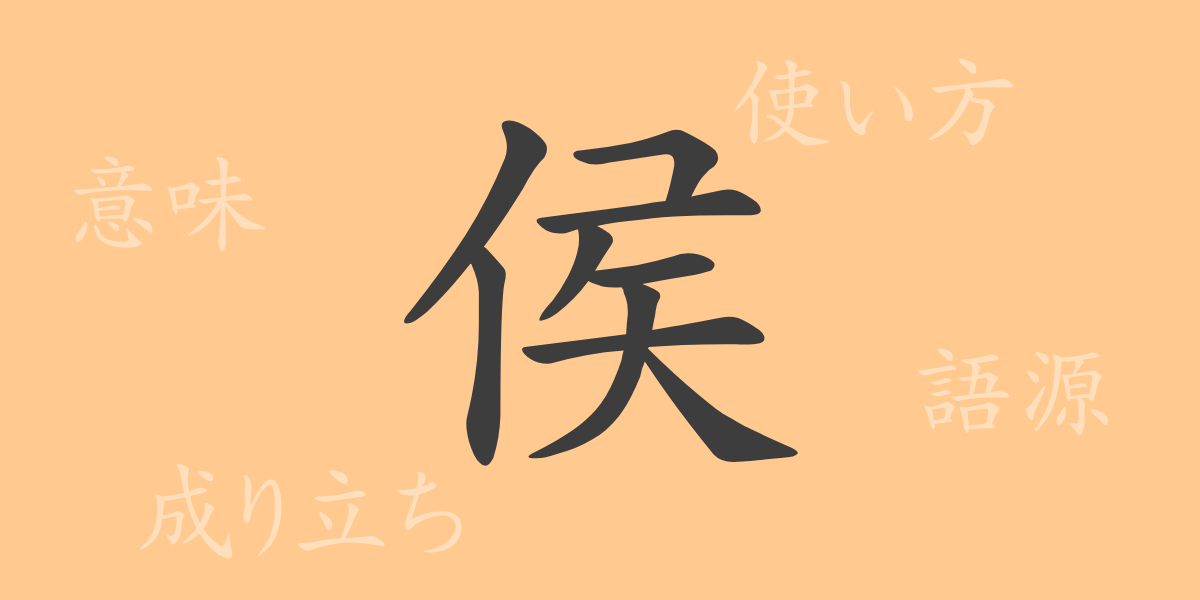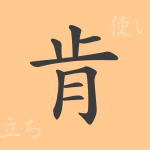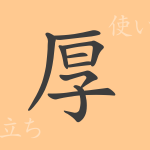The history and meaning embedded in a single kanji character reflect the depth of Japanese culture. “侯(こう)” is one such commonly used kanji, studied even in educational settings in Japan. In this article, we will delve deeply into the origins, meanings, and uses of “侯(こう),” as well as its readings and associated idioms. By unraveling the history and culture behind this kanji, we aim to convey its charm fully.
Origins of 侯(こう)
The kanji “侯(こう)” originated in ancient China and initially referred to a noble who engaged in hunting. In oracle bone script, it depicted a person holding an arrow, symbolizing a hunting noble. Over time, the character also came to denote a title of nobility.
Meanings and Uses of 侯(こう)
In modern Japanese, “侯(こう)” is mainly used to refer to a title of nobility or a person of certain status. In Chinese history and literature, it often appears as “諸侯(しょこう),” referring to regional lords or nobles. Although not common in contemporary Japan, it can also correspond to a Western earl in terms of noble rank.
Readings, Stroke Count, and Radical of 侯(こう)
The basic information about the kanji “侯(こう)” is as follows:
- Readings: The on-yomi (Chinese reading) is “コウ(こう),” and there is no kun-yomi (Japanese reading).
- Stroke Count: 9 strokes
- Radical: The radical is 人(ひと・ひとがしら), which means “person.”
Idioms, Phrases, and Proverbs Using 侯(こう)
There are many idioms and phrases that include “侯(こう)” due to its historical background. Here are some examples:
- 諸侯(しょこう) – Regional lords or nobles in ancient China.
- 郡侯(ぐんこう) – Lords of counties, referring to nobles who governed counties in the feudal system of ancient China.
- 侯爵(こうしゃく) – A noble rank, higher than an earl but lower than a duke.
Conclusion on 侯(こう)
The kanji “侯(こう)” encompasses more than just a simple character; it carries a rich history and cultural significance. Originating from ancient Chinese hunting nobility, it evolved to symbolize status and power. Although not frequently used in modern Japan, understanding the meanings of each kanji is crucial for comprehending the historical and cultural context of language. Through “侯(こう),” we hope readers can appreciate the depth of kanji.

























